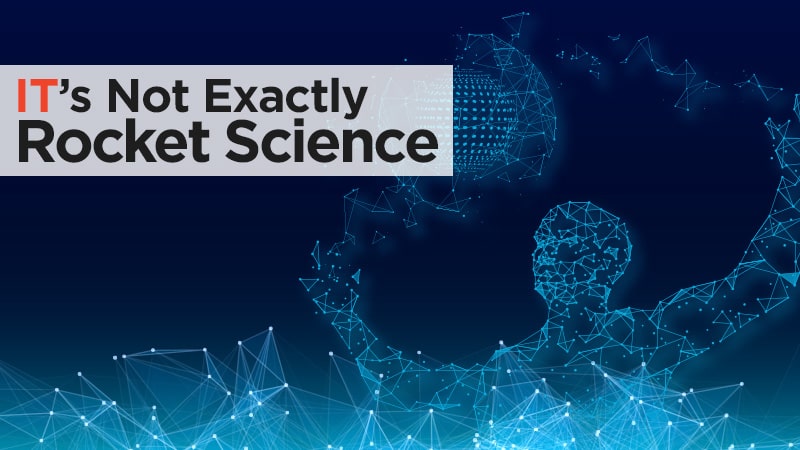The Rise of Intelligent Digital Assistants

Before we can have a rational discussion about artificial intelligence (AI), we should probably cut through the hysteria surrounding it. Contrary to popular opinion, we’re not talking about machines that are going to rise up, steal our jobs, and render humans obsolete.
We already rely on AI in countless daily tasks. The AI embedded in your email, for example, identifies and blocks spam; it reminds you to include an attachment if you’ve forgotten it; it learns which sorts of emails are most important to you and it pesters you to respond to an email that’s been neglected in your inbox for a few days. Chatbots, robot vacuums, movie recommendation engines, and self-driving cars already have AI built into them. Right now, its impact may be subtle. But, in the future, AI could save lives by, for example, detecting cancer much earlier so treatments can be that much more effective.
Why is AI exploding right now? A unique mix of conditions makes this the right time to surf the AI technology wave. They include the availability of supercomputing power, venture capital, oceans of data, open source software, and programming skills. In this sort of environment, you can train any number of algorithms, prep them and deploy them on smart computers in a very short time. The implications for most major industries – everything from medicine to transportation – are tremendous.
At NASA JPL, we’ve integrated AI into our mission in a variety of ways. We use it to help find interesting features on Mars, predicting maintenance of our antennas, and finding expected problems with the spacecraft. We’ve also come to depend upon intelligent digital assistants in our day-to-day operations. After a brainstorming session about how to experiment with applied intelligent assistance, we decided to throw AI on a mundane – but time-consuming – daily challenge: Finding an available conference room. Later that night, we built a chatbot.
Chatbots are fast, easy to build, and they deliver value almost immediately. We build ours to be easy to access with natural user interfaces. We then add the deeper (and more complex) AI on the back end, so the chatbots get smarter and smarter over time. You can text to them, or type to them, or speak to them through Amazon Alexa or Lex, and we collect user feedback to constantly improve them. Every “thumbs up” or “thumbs down” helps improve the next iteration. We can mine the thumbs down to see which areas need the most work. We now have upwards of 10 emerging chatbots used for functions like acquisitions, AV controls, and even human resources. By thinking of this as a “system of intelligence,” we can extend the life of – and get more value from – the legacy systems by teaching them how to respond to deeper questions. While applied artificial intelligence can conquer any number of menial tasks, it’s bound to have a significant effect on some of our bigger challenges, such as in space exploration, creating new materials to be 3D printed, medicine, manufacturing, security, and education.
AI has especially rich potential in the federal government, where one small operational improvement can have an exponential effect. If you work in a large agency and you’re unsure of how to approach AI, you can start playing in the cloud with any number of cloud-based applications (such as TensorFlow and SageMaker). Chatbots are a natural starting point – they deliver value right away, and the longer you use them, the smarter and more effective they become. In the cloud, experimentation is inexpensive and somewhat effortless. The goal, after all, is to have AI work for you, not the other way around.

Tom Soderstrom is the IT Chief Technology and Innovation Officer at the Jet Propulsion Laboratory (JPL). He leads a collaborative, practical, and hands-on approach with JPL and industry to investigate and rapidly infuse emerging IT technology trends that are relevant to JPL, NASA, and enterprises.
